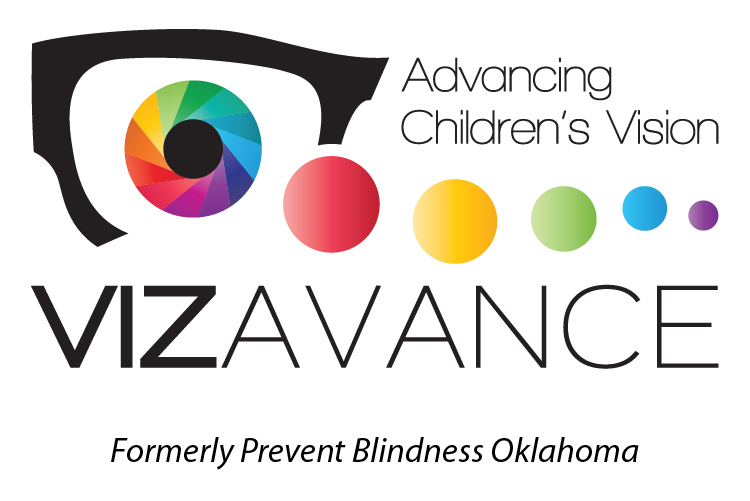
Are you perplexed by long and short-sightedness? It’s tricky to tell them apart. You’re not the only one! Let’s look at these aspects of vision, how they help, and why they are crucial for your sight.
Introduction to Long and short-sightedness
Our eyes have distinct visual capabilities. Long-sightedness, or distance vision, is seeing things far away. Short-sightedness, or near vision, is seeing close things. These powers are controlled by the lens in our eyes.
The lens adjusts its shape to focus light onto the retina, a thin layer of cells in the back of the eye. When we use long-sightedness, the muscles around the lens contract, flattening it and making it easier to focus on faraway objects. When using short vision, the muscles relax, and the lens thickens, focusing light on nearby things.
As we age, the lens’s flexibility or shape changes can affect our long and short-vision abilities. Many people develop presbyopia when the lens loses flexibility, making it harder to focus on close objects.
Definition of Long and short-sightedness
Long and short-sightedness are the eye’s ability to see objects clearly at varying distances. Long is seeing far-away objects clearly, while short is seeing close-up things.
Light rays that enter the eye must precisely converge to the retina for distant objects for vision at a distance to occur. The light rays must converge in front of the retina for close-up objects.
Some people naturally have promising long and short-sightedness, but others need corrective lenses or vision therapy for enhanced visual acuity. Maintaining sound eye health, having breaks from screens, and exercising the eyes can help with long and short-sightedness.
Why we Need Both Long and Short-sightedness
Long-sightedness, also known as farsightedness or hyperopia, and short-sightedness, also known as near-sightedness or myopia, are two types of vision.
Long-sightedness is excellent for driving, watching movies, and playing sports. Short-sightedness helps you focus on nearby objects. It’s useful for reading, sewing, and other close-up activities.
Having both offers more options and enhances your overall vision. Get regular eye exams to maintain your eyesight.
Pro tip: Do eye exercises. Focus on a distant object, then look at something closer.




